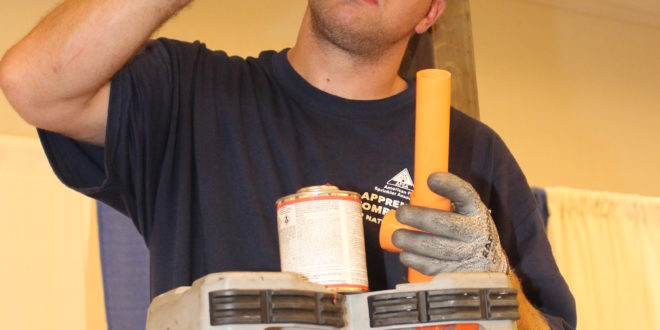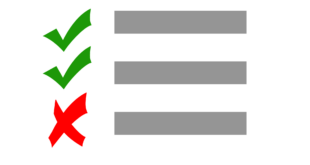Calling all Fitters!
Each issue, AFSA’s Engineering & Technical Services Department presents one or multiple challenges for fitters. Besides challenging yourself and your co-workers, working these problems enforces lessons that should be learned through an apprenticeship program and explains how requirements from the standard are applied in the field. To participate in this challenge, carefully read and work the problems, and submit your answers online at firesprinkler.org/fitterchallenge by April 15, 2021. One winner will be pulled at random from those who answer correctly to receive some AFSA swag! Answers will be published in the next issue when new challenges are presented.
March/April Challenge
All questions are based on the 2019 edition of NFPA 13, Standard for the Installation of Sprinkler Systems.
1) Yes or No: A section of existing 3-in. black schedule 40 threaded steel pipe needs to be repaired. You decided to cut the pipe, and fabricate two new sections of 3-in. black schedule 40 thread by thread steel pipe joining them with a screwed union to make the repair. Is this acceptable by NFPA 13 requirements?
2) True or False: A section of existing 11/2-in. black schedule 40 threaded steel pipe needs to be repaired. You decided to cut the pipe, and fabricate two new sections of 11/2-in. black schedule 40 thread by roll groove steel pipe joining them with a grooved coupling. Is this allowed by NFPA 13?
3) True or False: Pendent sprinklers must have their frame arms installed parallel to the branch line piping?
4) True or False: All dry sprinkler system piping must be installed with at least 1/2 in. per 10 ft of pitch to allow for draining of the system piping.
January/February Answers
All answers are based on the 2019 edition of NFPA 13.
1) True. 7.2.6.2/A.7.2.6.2 The use of the wrong type of escutcheon with recessed or flush-type sprinklers can result in severe disruption of the spray pattern, which can destroy the effectiveness of the sprinkler.
2) False. 7.7 Waterflow Alarm Devices. Waterflow alarm devices shall be listed for the service and so constructed and installed that any flow of water from a sprinkler system equal to or greater than that from a single automatic sprinkler of the smallest K-factor installed on the system will result in an audible alarm on the premises within 5 minutes after such flow begins and until such flow stops.
3) No. 7.5.2.2.5 Torch cutting and welding shall not be permitted as a means of modifying or repairing sprinkler systems.
4) False. 3.204 Sprig. A pipe that rises vertically and supplies a single sprinkler.
 Sprinkler Age A Publication of the American Fire Sprinkler Association
Sprinkler Age A Publication of the American Fire Sprinkler Association

